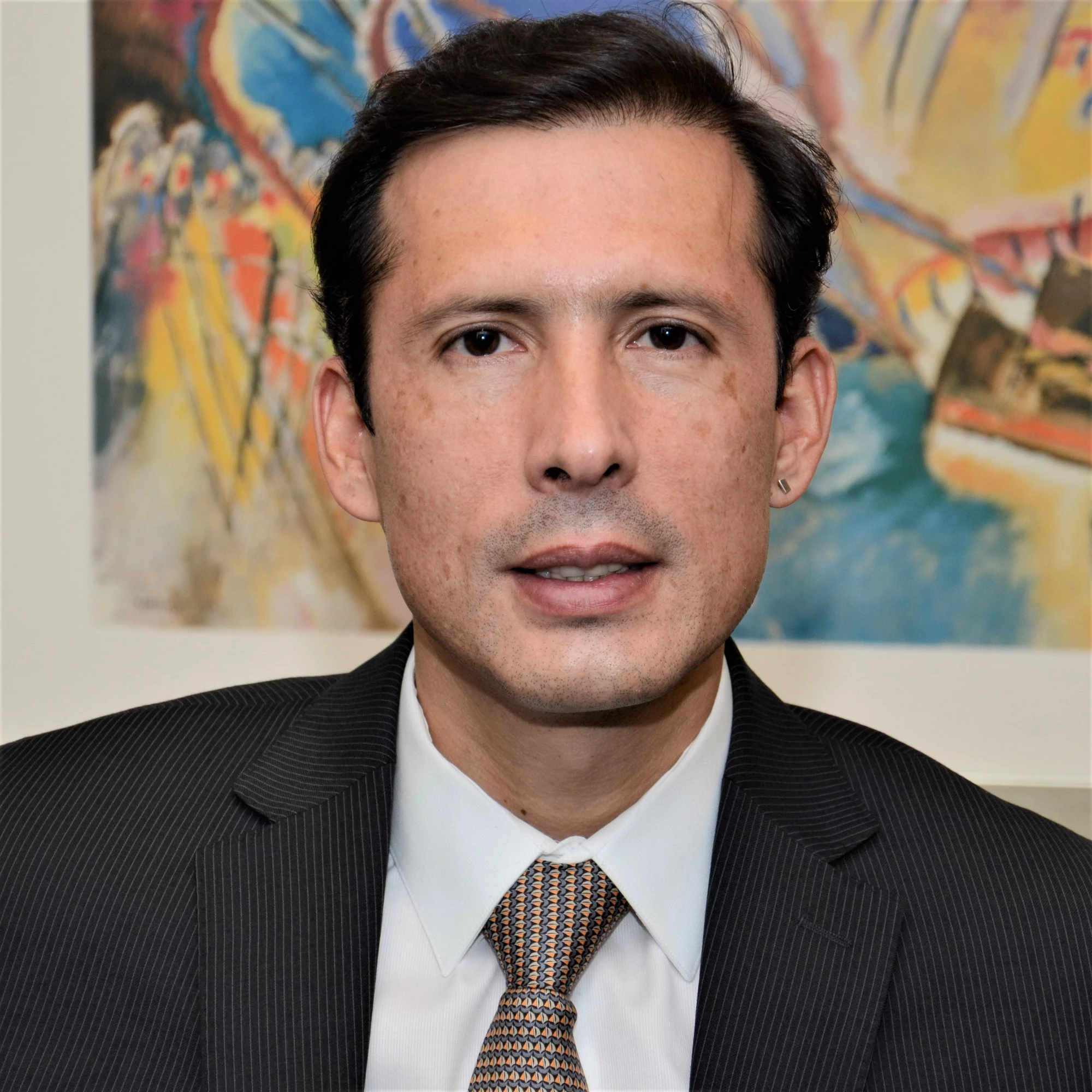An old proverb cautions that “an ounce of prevention is worth a pound of cure.” There is a lot of truth to this: interventions to prevent infectious disease and infant malnutrition have repeatedly been estimated to have very high returns, with benefit-cost ratios as high as 15 to 1.
The proverb also applies outside health. Time and again, failure to prevent and prepare has tragic and costly consequences—economic and financial crises, natural disasters, ruinous health outcomes, social unrest—that often could have been avoided at moderate cost. In 2010, an earthquake in Haiti cost more than 220,000 lives, while one of much larger magnitude in Chile produced about 500 fatalities. Chile’s enforcement of building codes appears to account for much of the difference.
Granted, progress has been made toward better prevention and preparation, thereby addressing the causes of risk and vulnerability rather than fighting the consequences.
Repeated cycles of high inflation during the 1970s and 1980s taught many middle-income countries to develop sound fiscal and monetary policy frameworks; inflation rates are now lower and more stable. Some countries have moved to complement disaster relief with measures to strengthen resilience through support for food production, national social protection systems with capability to respond to shocks, and disaster risk reduction. More children are immunized against infectious diseases. And households in developing countries increasingly buy old-age, health, and agricultural insurance.
Yet many developing countries are not actively moving toward systematic prevention and preparation for risky events. Far too many risks and vulnerabilities remain ignored, until it’s too late. For the team working on the World Development Report 2014 on Managing Risk to Development, we hope to see this change.
We look at many risks prevalent in developing countries across various social and economic sectors, and ask: why is it that people, firms, and countries so often fail to prevent and prepare for risk? Is it lack of knowledge, lack of resources, lack of willingness and incentives, or perhaps inability to translate knowledge and intention into action?
Those who argue that better knowledge boosts prevention and preparedness cite cognitive failures: people often underestimate the probability of relatively common risks and therefore fail to act in time. Moreover, people may not know how to protect themselves and may not even know what to prepare for.
A strong case can be made, however, that a key obstacle for better risk management is lack of resources. The least developed countries are after all where immunization rates tend to be the lowest. In addition, the poor’s everyday struggle to put food on the table makes it hard to plan ahead.
Lack of willingness and incentives to prevent and prepare also play a role. Avoiding a risk has no tangible financial or political return, so decision makers may have a hard time justifying expenses on insurance and preparedness when the prepared-for events do not occur. Providing post-disaster relief has tangible benefits that can appeal to politicians in a way that diffuse spending on disaster risk reduction may not.
Misguided incentives can also curtail risk management by the private sector. If the state is willing to bail out banks facing bad times, these banks will have little incentive during good times to act responsibly and reduce their risk exposure.
Even when knowledge, resources, and incentives are present, people may still fail to act on prevention and preparation. Myopic behavior stops many people from buying insurance and saving for old age. Myopia is also active at global scale, as witnessed by mankind’s collective inability to address the threats to future generations stemming from climate change.
How can developing societies overcome the obstacles to systematic risk management? Can households and communities be induced to prevent and prepare for common risks? How can innovation and enterprise sector flexibility support risk management at the social level? Can financial institutions be induced to put their house in order and, instead of being a source of instability, provide services that can help people and firms manage risk? How can the national government and the international community help align knowledge and resources with incentives and actions for better preparation and prevention? These are questions that WDR 2014 will pursue.
The Report is due out in October 2013. Meanwhile, check our website http://www.worldbank.org/wdr2014 for regular updates.



Join the Conversation